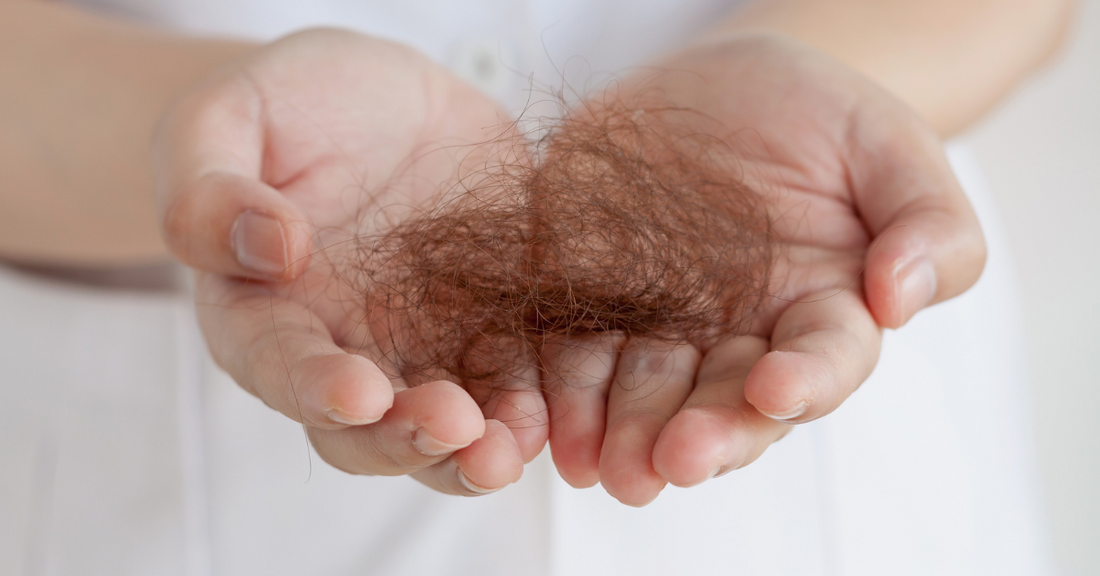Why Does Hair Turn Gray?
Though many people don't want to admit it, everyone ages. Gray hair is inevitable. Everyone knows it's a sign of aging, but how does it happen? Why does hair turn gray, silver, and/or white as a person grows older?
Understanding the graying process starts with understanding how hair is formed and colored. Enclosing the root of each hair strand is a tubular cavity called the hair follicle. This is the hair factory, housing the cells that produce and nourish hair. Among these cells are melanocytes, which are responsible for the pigment in the body. This pigment is called melanin and comes in two types: eumelanin, which is dark brown or black, and pheomelanin, which is reddish yellow. The combination of these two types and the amount of pigment passed to hair cells determines the color of human hair.
As a person ages, their melanocytes become damaged or die, and stop producing melanin. As the population of melanocytes in each hair follicle decreases, the amount of melanin passed to hair cells grows less and less. Thus the hair loses color, becoming more silver or gray. When all the melanocytes in a follicle are gone, the hair has no pigment and turns completely white. The loss of melanocytes happens over the course of many years, so the graying process is typically gradual. The age at which someone begins to gray is determined mainly by genetics.
Some people begin to see gray hair at a young age, even in their teens, while others may not see a strand of gray until they are in their 50s. While a few medical conditions or medications (poor nutrition, autoimmune or thyroid diseases, chemotherapy, etc.) can induce graying, the main culprit is genetics.
Researchers have been trying to find a way around this graying process, and although scientists recently discovered methods for prolonging the life of melanocytes to extend the amount of pigment in hair, so far they've not found a way to bring back pigment to gray hair or stimulate new melanocytes in follicles. Since genetics are the root of this aging process, some scientists are considering gene therapy, but this is still an emerging field and applicable results would be far in the future.
Gray hair is inevitable, but understanding how it happens might help people accept this natural process. Genetics determines when a person's pigment-producing cells begin to die off and their hair begins to lose color. While science has not yet found a way to reverse graying, researchers have discovered methods to slow it down. Until then, people with graying hair can either cover it with dyes or enjoy the new emerging look nature has chosen for them.






